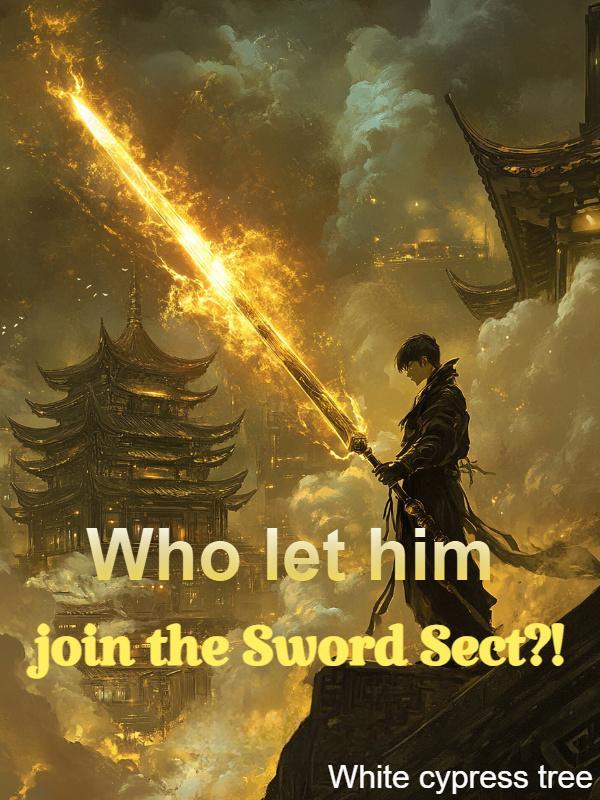©WebNovelPub
I Am The Swarm-Chapter 819: In Progress
Regardless of the circumstances, the introduction of the new chain-reaction disintegration weapon had, to some degree, resolved the issue of the massive meat mountains and brought additional trouble to the Swarm’s charging units. When the Swarm had yet to discover the properties of this destructive energy, the Ji had even seized a temporary advantage. But all of it—within the context of the Swarm’s overwhelming resource superiority—was ultimately insignificant.
The Swarm was terrifying. A Swarm that cared nothing for casualties was even more so. The slight edge the Ji had gained was quickly crushed beneath the Swarm’s frenzied counterattack.
Across the ultra-long battlefront, the conflict had turned into a full-scale, all-encompassing clash. Dim dark energy beams swept through the void like a storm.
In the blink of an eye, five years had passed. The Swarm, like tireless machines, relentlessly executed their suicidal tactics.
And indeed, Swarm units never grew tired. From the moment they emerged from the Star Gates to their arrival on the battlefield and finally their deaths, they didn’t survive long enough to even experience fatigue.
The Ji, however, were a different story. Most of their warships had maintained full-power sustained fire throughout this period. The high-intensity combat placed tremendous wear on certain components—wear that, despite their advanced technology, couldn’t be avoided.
So, three years ago, the Ji began systematic force rotation, pulling back ships nearing their operational limits for repairs.
A new class of vessel—disc-shaped ships nearly fifty kilometers in diameter—appeared at the rear of the battlefield. But rather than warships, they were better described as miniature starports.
These were support-type units, not new to the Ji military but rarely deployed until now.
Each starport ship could originally service thirty warships simultaneously. But now, with the absence of the Ji civilians, many supplies and facilities were no longer needed. After targeted modifications, each starport ship could now dock fifty warships at once, nearly doubling capacity.
Repair teams composed of nano-bots replaced worn-out components and repaired those still salvageable.
These specialized teams operated with extreme efficiency. Each warship needed only three to four days to be fully refurbished and sent back into the fray.
But the number of ships needing repairs was immense. Aside from newly arrived reinforcements, nearly every ship had endured years of overwork.
The battlefield environment was incredibly hazardous. The space was riddled with magnetic fields left behind by explosions. For the vulnerable, unarmored nano-bots, being exposed meant near-certain death. Thus, they had to operate under the protection of the starport ships.
However, as the war raged on and damage levels to Ji ships rose, repair teams had no choice but to take greater risks. Fortunately, these ships had already withdrawn from active combat, so the nano-bots remained relatively safe—for now.
But that, too, soon changed.
After a long incubation period, the Swarm’s Planetary War Bugs had finally hatched at the frontlines. While their standard firepower wasn’t particularly alarming, their use of high-energy proton cannons posed a significant threat to the Ji’s specialized formations.
Each shot from these proton cannons was equivalent to an EMP detonation within the Ji ranks. Warships had to activate specialized shielding to maintain combat capability.
But such interference devastated electronic communications.
And Lumina relied on such systems to remotely command the Ji fleet. The last time they encountered Planetary War Bugs, the Ji had suffered dearly. Her commands had failed to transmit, leaving ships to rely solely on onboard AIs, resulting in chaotic coordination and substantial losses.
Equipping every ship with quantum communication systems might’ve been feasible in the past. But in today’s resource-deprived environment, it was simply impossible.
Still, the Ji were the Ji. They found a new, EMP-resistant method of communication. And oddly enough, it was the Swarm who had helped.
After the Swarm emerged as a galactic force, both the Ji and the Confederation launched extensive research into them. But the Swarm’s gene locks rendered most units un-analyzable, leaving precious few avenues of study.
One of the rare exceptions was the multi-primary color communication system, a workaround originally devised by Luo Wen to conceal the existence of the Swarm Network. That same system now found itself in the hands of the Ji.
They installed tiny strobe emitters at several locations on their ships and, using coded signals devised by multiple races as a reference, developed their own optical command system.
While it couldn’t match the precision and speed of direct orders, it was still far superior to relying on onboard AIs to “freestyle” command.
When Luo Wen saw this development, he couldn’t help but laugh. Once, the Swarm had reverse-engineered Ji technology—now, it was the Ji mimicking the Swarm.
Still, the system had obvious drawbacks—such as being susceptible to bright light interference. Fortunately, Ji vessels had redundant emitters and receivers spread across their hulls. Unless engulfed in blinding light from every direction, they could still receive commands.
Thanks to this, unless directly hit, Ji ships had minimized the disruptive effects of proton cannon blasts.
However, the same could not be said for the nanobot repair teams.
These microscopic workers, invisible to the naked eye, had no protection against interference—let alone the immense energy emissions from a Planetary War Bug’s proton cannons.
The result was any nanobot touched by even a bit of that energy was instantly destroyed.
Large numbers of nano-bots—those transporting supplies or working on ship exteriors—were vaporized. Thankfully, those working within ships survived.
In total, the damage ratio wasn’t catastrophic. But if ships did not move away from the battlefield or enter the radiation field of the starport vessels, nano-bots could no longer operate outside the ships. Their movements would be severely limited.
After all, the small transport shuttles used to ferry nano-bots lacked the shielding to survive proton radiation. And using warships to transport nano-bots was simply impractical.
Shuttles could dock directly into warships. But a warship couldn’t carry another warship. And on a battlefield, two large ships getting too close to each other was a very, very dangerous proposition.







